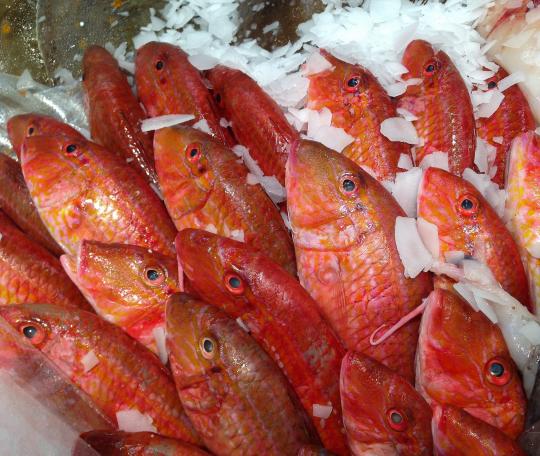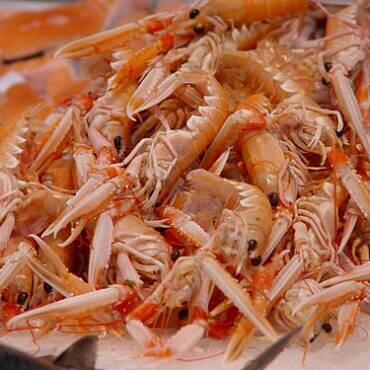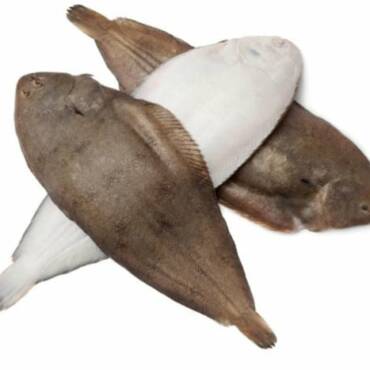Red Mullet: A Mediterranean Treasure
The red mullet (Mullus surmuletus and Mullus barbatus), also known as goatfish, is a prized species in Mediterranean and European cuisine. Famous for its delicate, sweet flavor and firm texture, this fish is a favorite among chefs and seafood lovers. With its vibrant reddish-pink color, the red mullet is not only a culinary delight but also an eye-catching ingredient in seafood dishes.
🐟 Species & Habitat
There are two main types of red mullet:
-
Striped Red Mullet (Mullus surmuletus)
-
Found in the Mediterranean, Atlantic Ocean, and the North Sea.
-
Recognizable by its distinctive red body with yellow stripes.
-
Prefers rocky and sandy seabeds, often found at depths of 10 to 100 meters.
-
-
Plain Red Mullet (Mullus barbatus)
-
Found in warmer Mediterranean waters and the Black Sea.
-
Lacks the stripes of its cousin but has an equally rich flavor.
-
More commonly caught in trawl fisheries.
-
Both species are bottom-dwellers, using their sensitive barbels to detect food such as crustaceans, mollusks, and small fish.
🍽 A Culinary Delicacy
Red mullet is highly valued for its rich, almost shellfish-like taste, making it a sought-after fish in Mediterranean cuisine. It is best enjoyed fresh, as its delicate flesh does not freeze well.
Popular Preparations:
-
Grilled Whole → Brushed with olive oil, garlic, and herbs, enhancing its natural sweetness.
-
Pan-Fried Fillets → Crispy skin and tender flesh make it a perfect dish with a squeeze of lemon.
-
Bouillabaisse → A key ingredient in the famous French seafood stew from Marseille.
-
Baked with Mediterranean Spices → Often paired with tomatoes, olives, and fennel for a flavorful dish.
-
Carpaccio or Ceviche → Served raw in fine dining, showcasing its delicate texture.
Red mullet pairs excellently with olive oil, citrus, saffron, fennel, and fresh herbs like thyme and rosemary.
⚖️ Sustainability & Fishing
Due to its high demand, red mullet is caught using trawling, gillnets, and traditional fishing methods. However, concerns about overfishing have led to stricter regulations, including:
✅ Minimum size limits to prevent catching juveniles.
✅ Seasonal restrictions to protect spawning periods.
✅ Encouragement of line-caught and sustainable fishing methods.
Consumers are advised to choose sustainably sourced red mullet, particularly those certified by MSC (Marine Stewardship Council).
🌍 Economic & Cultural Importance
Red mullet has been a highly prized fish since ancient times, especially in Greek and Roman cuisine, where it was considered a luxury. Today, it remains a staple in Mediterranean countries like France, Italy, Spain, and Greece, featured in traditional seafood dishes.
France, in particular, is a major consumer, with Brittany and Provence being important fishing and culinary regions for red mullet.
🔮 The Future of Red Mullet Fishing
As environmental concerns grow, the future of red mullet fishing depends on sustainable management, responsible consumption, and eco-friendly fishing practices. Supporting artisanal fisheries and sustainable sources ensures that this delicious fish remains available for future generations.
Would you like more details on recipes, sustainability efforts, or fishing regulations? 😊




Add Comment